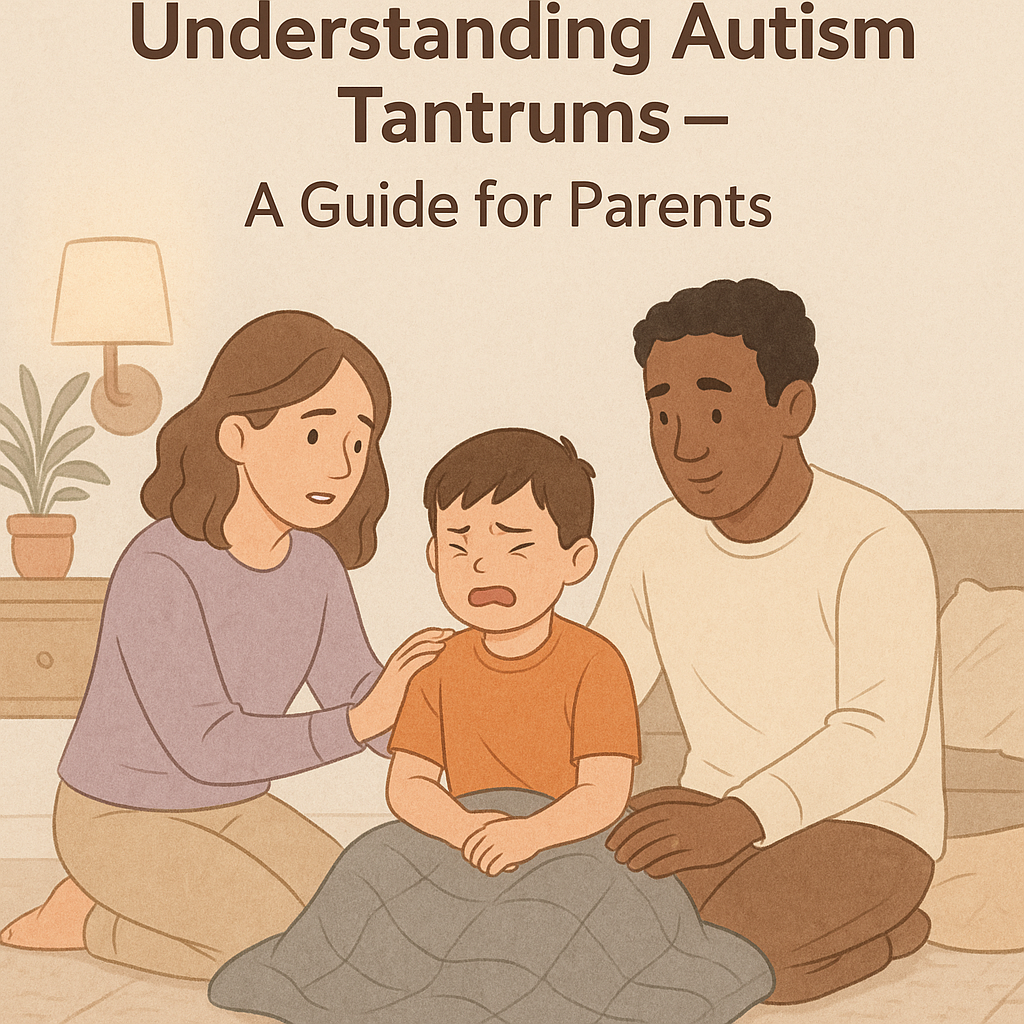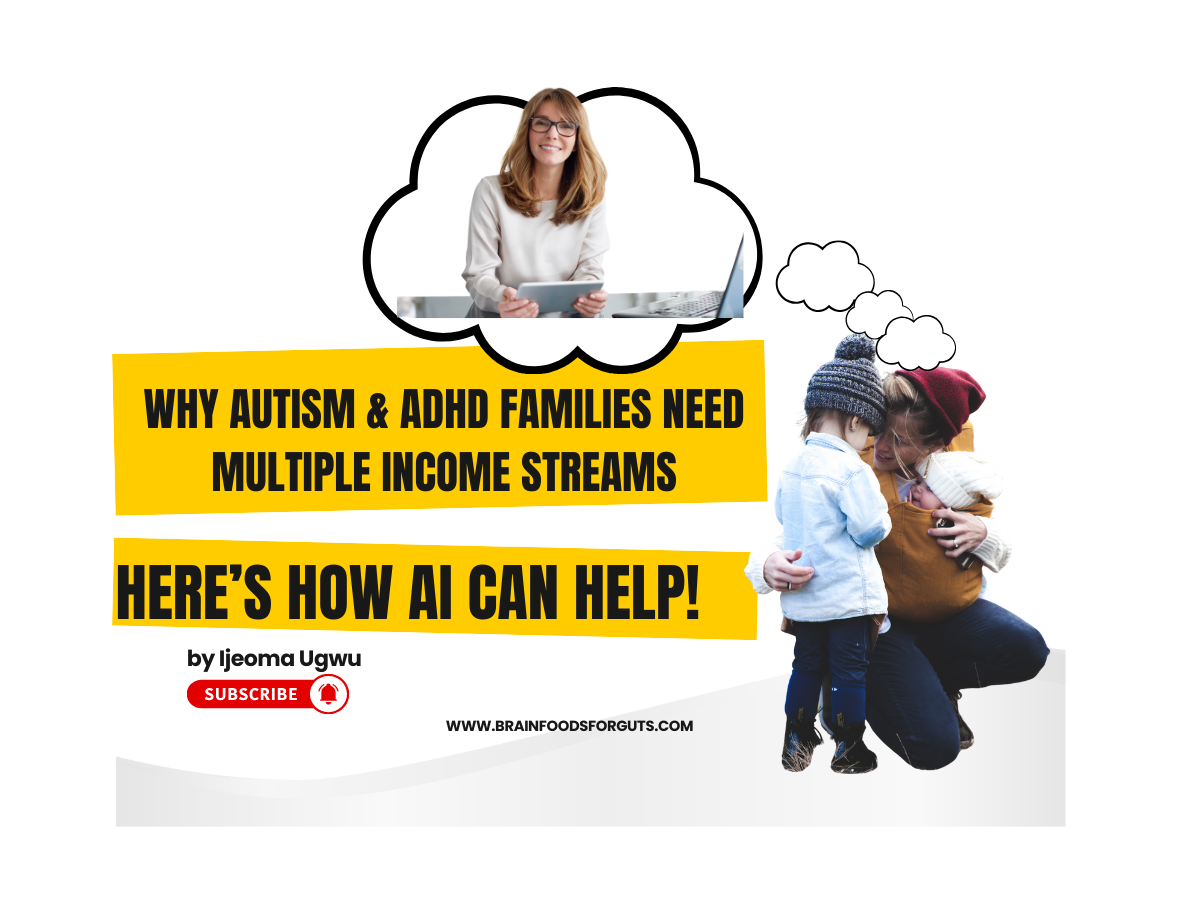Introduction: Why Does My Child with Autism Have So Many Tantrums?
If you’re a parent of a young child with autism, you’ve likely experienced intense tantrums in autistic children that seem to appear out of nowhere. You may wonder, “Is my child just acting out?” or “What am I doing wrong?”
As a public health nutritionist who supports families of neurodivergent children, I want to reassure you: you are not alone, and your child is not misbehaving on purpose. Managing autism tantrums is a common challenge, but with the right understanding and tools, you can support your child effectively.
In this blog post, we’ll explore:
- What autism tantrums vs meltdowns truly are
- How to spot the difference between an autism tantrum and a sensory meltdown
- Common triggers, including autism and sensory overload
- Practical ways to support your child — from both a behavioral and nutritional perspective for children with autism
Autism Tantrums vs Meltdowns: Understanding the Key Differences
What appears to be a typical “tantrum” in neurotypical children can often be a meltdown for a child on the autism spectrum. Understanding the difference is crucial for parents attempting to differentiate between typical developmental phases and autism behavioral challenges.
What Is a Tantrum?
A tantrum is typically a child’s way of expressing frustration or seeking attention, often because they can’t get what they want. It may involve crying, yelling, stomping, or hitting. These behaviors usually lessen with age as communication and emotional control improve.
What Is a Meltdown?
In children with autism, what appears to be a “tantrum” may actually be a meltdown — a neurological response to overwhelming situations. This isn’t about control or manipulation. It’s about sensory overload, confusion, or the inability to express feelings in a socially expected way. This distinction is key for managing autism tantrums effectively.
Here’s a quick look at the key differences:
Common Triggers: Autism and Sensory Overload, Routine Changes & More
Children on the autism spectrum often experience the world differently. What seems minor to others can be overwhelming for them, leading to autism behavioral challenges. Common triggers for autism tantrums or meltdowns include:
- Sensory Overload: Bright lights, loud sounds, scratchy clothes, or strong smells can all cause distress. Many autistic children are highly sensitive to sensory input, making autism and sensory overload a primary trigger.
- Sudden Change in Routine: Children with autism often feel safest with predictability. A change in schedule, unexpected visitor, or even a new food can cause significant stress, leading to an autism tantrum.
- Hunger, Thirst, or Low Blood Sugar: A drop in energy or hydration can affect brain function and mood. Children may not always be able to express these needs clearly, contributing to emotional outbursts.
- Communication Barriers: Frustration from not being understood — or not understanding others — is a leading cause of emotional outbursts in autistic children. Recognizing these early signs of autism tantrums related to communication can be vital.
- Food Sensitivities: Certain foods can lead to digestive discomfort, brain fog, or behavioral changes. In some cases, children may react to dairy, gluten, artificial additives, or high-sugar diets, impacting their behavior.
Nutrition for Children with Autism: Impact on Behavior & Tantrums
As a public health nutritionist, I’ve seen how small dietary changes can reduce the frequency and intensity of tantrums in autistic children. Here’s how nutrition for children with autism can impact their behavior:
- Balanced Blood Sugar = Balanced Mood: Skipping meals or eating sugar-heavy snacks can cause blood sugar spikes and crashes, leading to irritability and increased likelihood of an autism tantrum. Offer regular, balanced meals with:
- Protein (chicken, eggs, beans)
- Healthy fats (avocados, olive oil)
- Complex carbs (oats, sweet potato, brown rice)
- Check for Food Sensitivities: Some parents report behavior changes after removing certain foods — especially gluten, casein (dairy protein), artificial dyes, or preservatives. Always speak with a healthcare provider before making dietary restrictions.
- Support Gut Health: The gut-brain connection is strong. Probiotic-rich foods like plain yogurt (if tolerated), kefir, and fermented vegetables can support digestion and mood, potentially reducing autism behavioral challenges.
- Omega-3 Fats for Brain Support: Omega-3s (found in flaxseeds, walnuts, and oily fish like salmon) are essential for brain health and may reduce anxiety and aggression, contributing to calmer behavior.
Managing Autism Tantrums: Practical & Autism-Friendly Parenting Tips
Here are some autism-friendly parenting tips to help you in managing autism tantrums and meltdowns:
- 1. Create a Sensory-Friendly Space: Have a calm corner with soft textures, noise-cancelling headphones, dim lighting, or a weighted blanket. This helps mitigate autism and sensory overload.
- 2. Use Visual Aids: Many children with autism respond better to pictures than words. Use visual schedules, storyboards, or emotion cards to help them understand expectations and express themselves.
- 3. Offer Predictability: Try to keep daily routines the same. When change is unavoidable, prepare your child in advance with simple explanations or social stories. Predictability is key for children with autism.
- 4. Model and Teach Coping Tools: Practice deep breathing, squeezing a stress ball, or stretching. Over time, these techniques can become their go-to tools in stressful moments, helping them self-regulate.
- 5. Track Patterns: Keep a journal. Look for triggers in food, environment, sleep, or emotional stress. This will help guide future support strategies for autism behavioral challenges.
When to Seek Support
If your child’s autism tantrums or meltdowns are frequent, intense, or significantly impacting their daily life, it’s important to seek professional support.
- Talk to your pediatrician or GP.
- Work with an occupational therapist for sensory regulation.
- Connect with a speech therapist if communication is a challenge.
- Consult a nutritionist experienced in autism to address dietary factors.
You don’t have to figure it all out alone. Early intervention makes a significant difference in managing autism tantrums.
Final Thoughts: A Message for Parents
Parenting a child with autism takes patience, love, and knowledge. Tantrums can be exhausting, but they are not a sign of bad parenting. They are clues — your child’s way of telling you they need help.
Through understanding, nutrition for children with autism, and dedicated support, you can help your child feel safer, calmer, and more connected.
Need More Help?
Sign up for our free Sensory-Friendly Meal Plan for Kids with Autism to get simple, dietitian-approved meal ideas designed for picky eaters and sensitive tummies.



